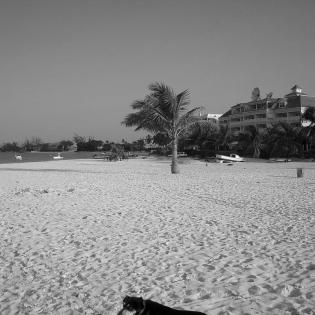Philanthropy—A Day at the Beach
What can we do to promote responsible use of natural resources? What does it mean to be a good steward of the earth?
Photo Credit: Barbados0077_CIMG0259 by Doff3n is licensed under CC by 2.0
Young people get to know a local natural resource and use their time to protect the environment for the common good, with direct action and advocacy.
Introduce the concept of philanthropy and guide the learners to be philanthropists who take volunteer action for the common good.
With guidance from a local environmental agency, prepare the youth in advance of volunteering their time to clean up a lake or river for the common good. Arrange a field trip that includes picking up trash and recording the data.
This lesson is a reflection on the beach clean-up experience.
Young people convince others to take care of the beach or protect the Earth. They write an essay or make an advocacy poster.
